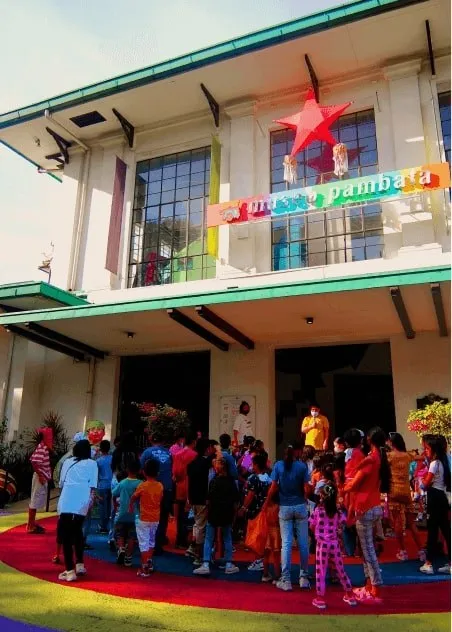Here’s How EPR Law Champions Plastic Waste Management in the PH

Plastic waste is one of the most detrimental global concerns caused by humans. Because of its low cost and durability, we humans have become undeniably dependent on single-use plastic materials despite their environmental implications, such as the fact that these take centuries to degrade, which contribute to the overflowing of sanitary landfills.
In the Philippines, major corporations like Coca-Cola, Nestle, and Universal Robina were identified as the top plastic polluters, according to a 2022 study from the Ateneo de Manila University.
On July 23, 2022, Republic Act No. 11898, or the Extended Producer Responsibility (EPR), lapsed into law because former President Rodrigo Duterte and President Ferdinand Marcos Jr. did not sign it 30 days after receiving the bill from Congress. Here’s what to know about the EPR law.
Summary
This act is an amendment to the Ecological Solid Waste Management Act of 2000 (RA 9003), which mandates large enterprises to adopt and implement comprehensive ecological waste management programs. These large business entities are identified as those with total assets of P100 million or more.
The law requires them to recover or offset up to 80% of the plastic waste generated from their production, importation, and disposal. The policy appoints the National Ecology Center (NEC) under the National Solid Waste Commission to provide technical assistance, information training, and networking services in coordination with the Department of Trade and Industry.
Plastic Packaging Covered by EPR
The following types of plastic packaging are included in the EPR's purview:
- Sachets and labels in single- or multi-layer structure
- Rigid Plastics – containers used for food, beverages, home products, personal care products, and cosmetics. This also includes coverings, caps, lids, cutlery, drinking straws, tarps, and signage.
- Plastic bags
- Polysterene
National Framework of EPR
The EPR national framework aims to reduce products that are harmful to the environment through a variety of activities and strategies. Among these are the enhancement of a product's potential to be reused and recycled, the implementation of product filling systems for retailers, and creating appropriate labels on how waste products should be properly disposed of.
Other recovery efforts that were stated in the law include buying back the materials or waste from the consumers, setting up collection or drop off points for reuse or recycling, cleaning up coastal and public areas, and establishment of facilities for water diversion, thermal treatment, and the like.
Compliance Period for Plastic Packaging Recovery Programs
Obliged enterprises must implement the EPR programs for plastic packaging within six months. The following should be the goal for the recovery of plastic waste by the end of each year:
- Dec. 31, 2023 - 20%
- Dec. 31, 2024 – 40%
- Dec. 31, 2025 – 50%
- Dec. 31, 2026 – 60%
- Dec. 31, 2027 – 70%
- Dec. 31, 2028 – 80%
Fines and Penalties
If an obliged enterprise fails to comply with programs mandated by the law, they must pay “a fine twice the cost of recovery and diversion of the footprints” or the equivalent of the following:
- First offense: P5 million to P10 million
- Second offense: P10 million to P15 million
- Third offense: P15 million to P20 million
The Pollution Adjudication Board of the Department of Environment and Natural Resources is in charge of hearing and resolving any violations or offenses and shall impose proper fines.
Get the latest curated content with The Beat Asia's newsletters. Sign up now for a weekly dose of the best stories, events, and deals delivered straight to your inbox. Don't miss out! Click here to subscribe.







































